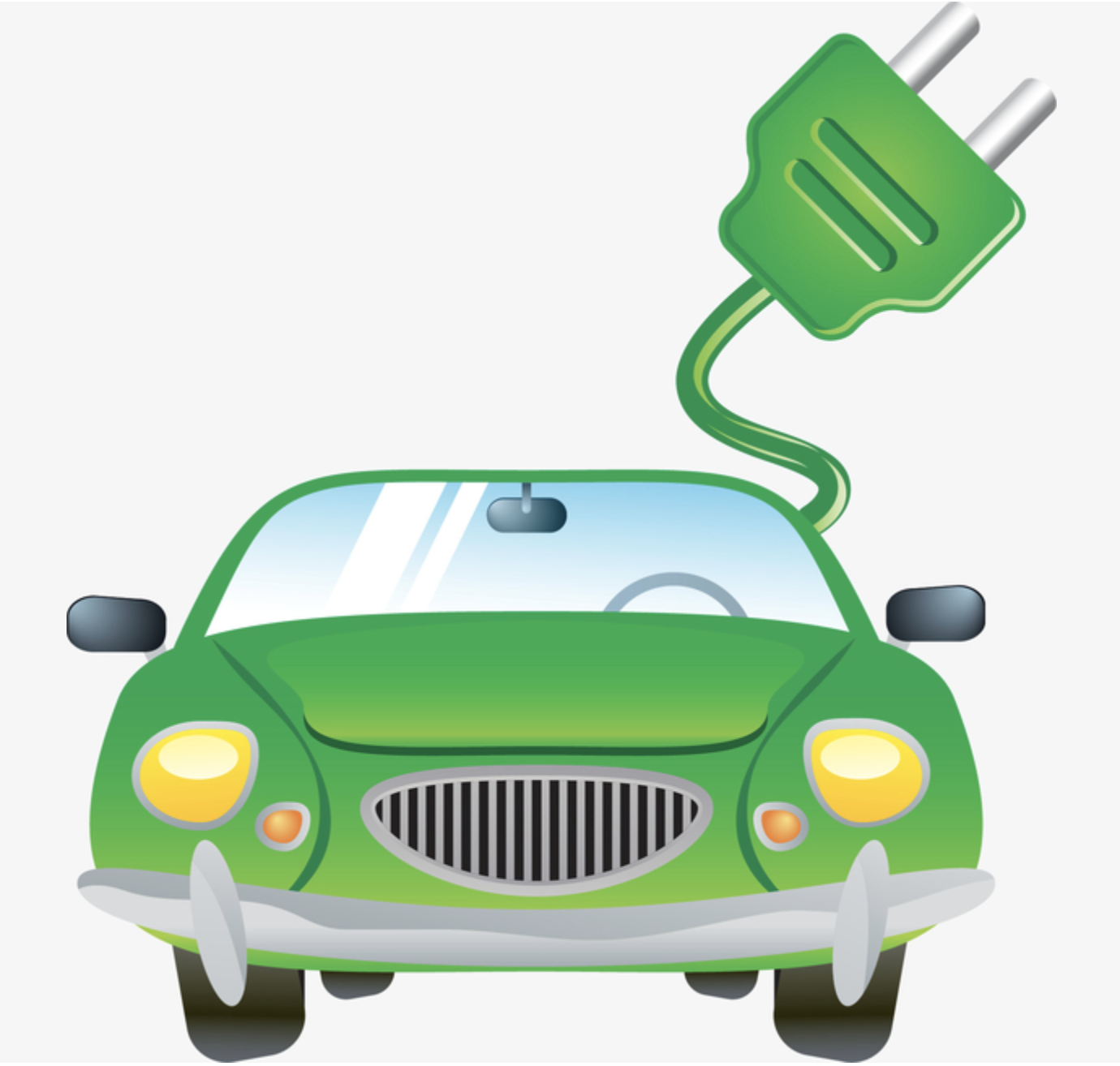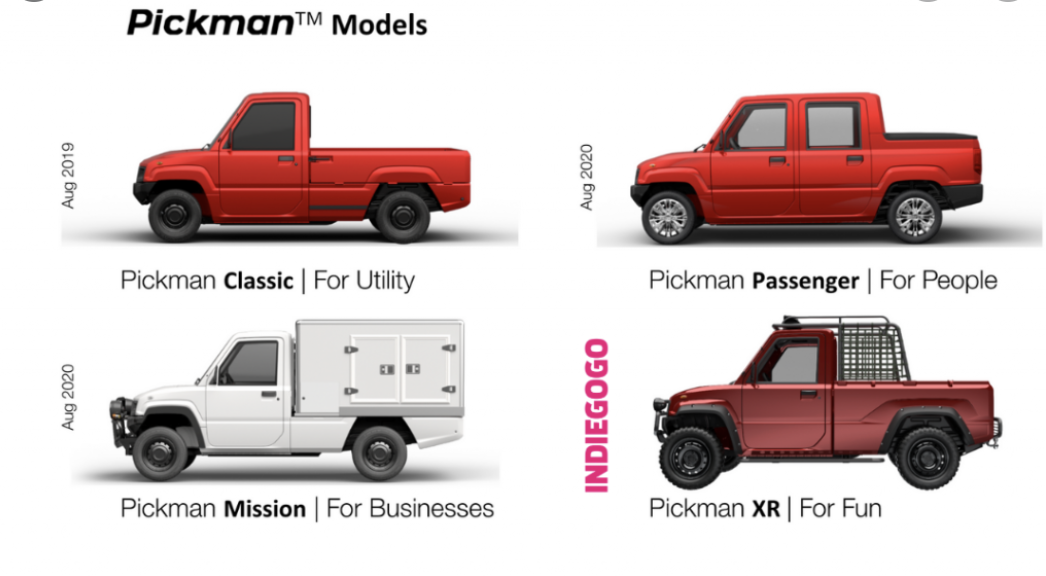In Europe, there are mostly 3 wheel and 4 wheel low-speed electric vehicles. How does the European Union manage the 4 wheel low speed electric cars?
What is an 4 wheel electric car?
The EU does not have a specific definition of low-speed electric vehicles. Instead, they classify this type of transportation as four-wheeled vehicles (Motorised Quadricycle), and classify them as Light Quadricycles (L6E) and There are two categories of heavy quadricycles (L7E).
According to EU regulations, the empty weight of low-speed electric vehicles belonging to L6e does not exceed 350 kg (excluding the weight of power batteries), the maximum design speed does not exceed 45 kilometers per hour, and the maximum continuous rated power of the motor does not exceed 4 kilowatts; low-speed electric vehicles belonging to L7e The weight of an empty vehicle does not exceed 400 kg (excluding the weight of the power battery), and the maximum continuous rated power of the motor does not exceed 15 kW.
Although the relevant European Union certification reduces the requirements for low-speed electric vehicles in terms of passive safety such as collision protection, but in view of the low safety factor of such vehicles, it is still necessary to be equipped with seats, headrests, seat belts, wipers and lights, etc. The necessary safety devices. Limiting the maximum speed of low-speed electric vehicles is also out of safety considerations.


What are the special requirements for a driver’s license?
In some European countries, according to different weight, speed and power, driving some low-speed electric vehicles does not require a driver's license, but the European Union has specific requirements for low-speed electric vehicles with different maximum rated power.
According to EU regulations, low-speed electric vehicles belonging to L6E have a maximum rated power of less than 4 kW, and the driver must be at least 14 years old. Only a simple test is required to apply for a driver’s license; low-speed electric vehicles belonging to L7E have a maximum rated power of less than 15 kW, drivers Must be at least 16 years old, and 5 hours of theory training and driving theory test are required to apply for a driver’s license.
Why buy a low-speed electric car?
As mentioned above, some European countries do not require drivers of low-speed electric vehicles to hold a driver's license, which brings convenience to many young people and elderly who cannot get a driver's license due to age factors, as well as people whose driver's license has been revoked due to other reasons. The elderly and young people are also the main users of low-speed electric vehicles.
Secondly, in Europe where parking spaces are very scarce, low-speed electric vehicles are easier to find shelter in the parking lot than ordinary cars because of their light weight and small size. At the same time, the speed of 45 kilometers per hour can basically meet the driving needs in the city. .
In addition, similar to the situation in China and the United States, because most of the lead-acid batteries are used, low-speed electric vehicles in Europe (mainly vehicles belonging to the L6E standard) are cheap, and coupled with the environmental protection features of not emitting carbon dioxide, they have gained many benefits. Consumer's favorite.
Low-speed electric vehicles are light in weight and small in size. Because the speed is lower than that of fuel-powered vehicles, their energy consumption is also relatively small. On the whole, as long as the problems of safety, technology, technology and management are solved, the development space of low-speed electric vehicles is quite broad.
Post time: Jan-01-2021

